
SEA/RC60/12 - Progress reports requested by member states: avian and pandemic influenza preparedness in the context of the international health regulations (2005) / World Health Organization. Regional Office for South-East Asia
Tác giả : World Health Organization. Regional Office for South-East Asia
Nhà xuất bản : WHO Regional Office for South East-Asia
Năm xuất bản : 2007
Chủ đề : 1. Governing body documents.
Thông tin chi tiết
| Tóm tắt : | Since November 2003, there have been 315 reported cases of human H5N1 infections with 191 deaths. In the South-East Asia Region, Thailand has had 25 reported cases with 17 deaths and Indonesia 101 human cases with 80 deaths. The H5N1 virus may be considered a pre-pandemic virus that could infect at least one billion people worldwide. Efforts to develop multisectoral pandemic preparedness plans and mobilize political and financial support in the Region are under way. Following-up on the Delhi Declaration on Avian Influenza Prevention and Control, WHO has assisted Member countries in developing National Influenza Pandemic Preparedness Plans (NIPPP), strengthening surveillance capacities in countries, building needed laboratories and developing technical guidelines for response, diagnosis and clinical management. It should be noted that this work also builds capacity for implementation of the International Health Regulations (IHR 2005). Several countries have received donor funding to support these efforts; another donor meeting, to be hosted by India will be held in December 2007. A recent issue involves production and availability of H5N1 and pandemic vaccines. Countries in the Region are concerned that they will not have access to commercially produced vaccines even though the virus used to develop these vaccines is from countries in the Region. WHO is assisting Member countries in the Region by helping to accredit at least two laboratories in the Region to identify the H5 virus. At the same time, WHO is coordinating international partnerships to support the production of pandemic vaccines in three countries of the Region. This is complemented by efforts to ensure an equitable and fair distribution of these vaccines, as needed by Member countries in the Region. This paper was submitted to the Joint Meeting of Heath Secretaries and the Consultative Committee for Programme Development and Management, held in the Regional Office from 2-6 July 2007 for its review. The Joint Meeting made the following recommendations: Action by Member States (1) To strengthen veterinary public health as part of an integrated multi-sectoral pandemic preparedness plan. The human health sector should take an active role to prevent infection from poultry to human beings, and minimise case fatality. (2) To apply non-pharmaceutical interventions such as risk communication and social distancing in addition to the use of vaccines and antiviral drugs during human pandemic phase. (3) To develop guidelines on the major components of NIPPP and conduct training in order to build up capacity in the implementation of NIPPP. (4) To develop/strengthen the core capacities as required by International Health Regulations (IHR) 2005 and the implementation of NIPPP, to cover capacities in both public and private sectors. (5) To foster public and private partnership in a concerted effort in the implementation of NIPPP, including resource mobilization. Action by WHO-SEARO (1) To continue to support Member States in the Region in the implementation of NIPPP, capacity building and strengthening of the National Regulatory Authority (NRA) to ensure that influenza vaccination is part of the NIPPP. (2) To operate the CSR unit in the Regional Office and two CSR sub-units in Delhi and Bangkok, including resource mobilization and stockpiling of antiviral, personal protection devices and pre-pandemic vaccines if available in future. (3) To report the progress on the implementation of Avian and Pandemic Influenza preparedness in the context of IHR 2005 to the Sixty-first, Sixty-second, Sixtythird, Sixty-fourth and Sixty-fifth sessions of the Regional Committee. The paper is now submitted to the Sixtieth session of the Regional Committee for its consideration. |
Thông tin dữ liệu nguồn
| Thư viện | Ký hiệu xếp giá | Dữ liệu nguồn |
|---|---|---|
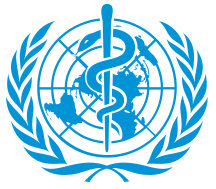 Tổ chức y tế thế giới
Tổ chức y tế thế giới
|
|
https://iris.who.int/handle/10665/128621 |






 Đại học Công nghệ - ĐHQGHN
Đại học Công nghệ - ĐHQGHN  Đại học Giáo dục - ĐHQGHN
Đại học Giáo dục - ĐHQGHN 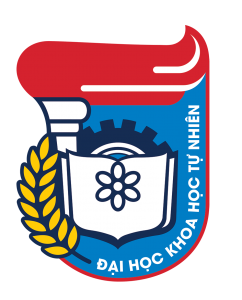 Đại học khoa học tự nhiên - ĐHQGHN
Đại học khoa học tự nhiên - ĐHQGHN  Đại học Khoa học Xã hội và Nhân văn - ĐHQGHN
Đại học Khoa học Xã hội và Nhân văn - ĐHQGHN  Đại học Kinh tế - ĐHQGHN
Đại học Kinh tế - ĐHQGHN 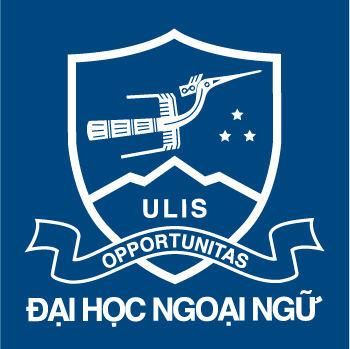 Đại học Ngoại ngữ - ĐHQGHN
Đại học Ngoại ngữ - ĐHQGHN  Đại học quốc gia Hà Nội
Đại học quốc gia Hà Nội 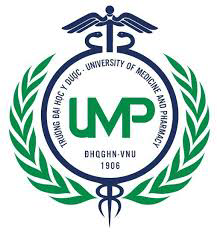 Đại học Y - Dược - ĐHQGHN
Đại học Y - Dược - ĐHQGHN  Học Viện Hàng Không Việt Nam
Học Viện Hàng Không Việt Nam  Thư viện Huyện Bình Chánh - TVKHTH TP.HCM
Thư viện Huyện Bình Chánh - TVKHTH TP.HCM  Thư viện huyện Bình Minh - TV Vĩnh Long
Thư viện huyện Bình Minh - TV Vĩnh Long  Thư viện huyện Bình Tân - TV Vĩnh Long
Thư viện huyện Bình Tân - TV Vĩnh Long  Thư viện Huyện Cần Giờ - TVKHTH TP.HCM
Thư viện Huyện Cần Giờ - TVKHTH TP.HCM  Thư viện Huyện Củ Chi - TVKHTH TP.HCM
Thư viện Huyện Củ Chi - TVKHTH TP.HCM  Thư viện Huyện Hóc Môn - TVKHTH TP.HCM
Thư viện Huyện Hóc Môn - TVKHTH TP.HCM  Thư viện huyện Long Hồ - TV Vĩnh Long
Thư viện huyện Long Hồ - TV Vĩnh Long  Thư viện huyện Mang Thít - TV Vĩnh Long
Thư viện huyện Mang Thít - TV Vĩnh Long  Thư viện Huyện Nhà Bè - TVKHTH TP.HCM
Thư viện Huyện Nhà Bè - TVKHTH TP.HCM  Thư viện huyện Tam Bình - TV Vĩnh Long
Thư viện huyện Tam Bình - TV Vĩnh Long  Thư viện huyện Trà Ôn - TV Vĩnh Long
Thư viện huyện Trà Ôn - TV Vĩnh Long  Thư viện Khoa học Tổng hợp TP.HCM
Thư viện Khoa học Tổng hợp TP.HCM  Thư viện quận 1 - TVKHTH TP.HCM
Thư viện quận 1 - TVKHTH TP.HCM  Thư viện quận 10 - TVKHTH TP.HCM
Thư viện quận 10 - TVKHTH TP.HCM  Thư viện quận 11 - TVKHTH TP.HCM
Thư viện quận 11 - TVKHTH TP.HCM  Thư viện quận 12 - TVKHTH TP.HCM
Thư viện quận 12 - TVKHTH TP.HCM  Thư viện quận 2 - TVKHTH TP.HCM
Thư viện quận 2 - TVKHTH TP.HCM  Thư viện quận 3 - TVKHTH TP.HCM
Thư viện quận 3 - TVKHTH TP.HCM  Thư viện quận 4 - TVKHTH TP.HCM
Thư viện quận 4 - TVKHTH TP.HCM  Thư viện quận 5 - TVKHTH TP.HCM
Thư viện quận 5 - TVKHTH TP.HCM  Thư viện quận 6 - TVKHTH TP.HCM
Thư viện quận 6 - TVKHTH TP.HCM  Thư viện quận 7 - TVKHTH TP.HCM
Thư viện quận 7 - TVKHTH TP.HCM  Thư viện quận 8 - TVKHTH TP.HCM
Thư viện quận 8 - TVKHTH TP.HCM  Thư viện quận Bình Tân - TVKHTH TP.HCM
Thư viện quận Bình Tân - TVKHTH TP.HCM  Thư viện quận Bình Thạnh - TVKHTH TP.HCM
Thư viện quận Bình Thạnh - TVKHTH TP.HCM  Thư viện quận Gò Vấp - TVKHTH TP.HCM
Thư viện quận Gò Vấp - TVKHTH TP.HCM  Thư viện quận Phú Nhuận - TVKHTH TP.HCM
Thư viện quận Phú Nhuận - TVKHTH TP.HCM  Thư viện quận Tân Bình - TVKHTH TP.HCM
Thư viện quận Tân Bình - TVKHTH TP.HCM  Thư viện quận Tân Phú - TVKHTH TP.HCM
Thư viện quận Tân Phú - TVKHTH TP.HCM 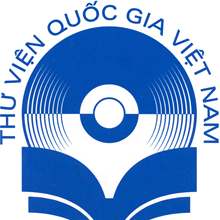 Thư viện Quốc gia Việt Nam
Thư viện Quốc gia Việt Nam  Thư viện thành phố Thủ Đức (cơ sở 1) - TVKHTH TP.HCM
Thư viện thành phố Thủ Đức (cơ sở 1) - TVKHTH TP.HCM  Thư viện thành phố Thủ Đức (cơ sở 2) - TVKHTH TP.HCM
Thư viện thành phố Thủ Đức (cơ sở 2) - TVKHTH TP.HCM  Thư Viện Tỉnh An Giang
Thư Viện Tỉnh An Giang  Thư viện tỉnh Vĩnh Long
Thư viện tỉnh Vĩnh Long  Trung tâm giáo dục quốc phòng và An ninh - ĐHQGHN
Trung tâm giáo dục quốc phòng và An ninh - ĐHQGHN  Trung tâm Hỗ trợ Sinh viên - ĐHQGHN
Trung tâm Hỗ trợ Sinh viên - ĐHQGHN 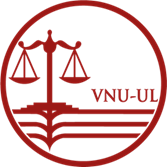 Trường Đại học Luật - ĐHQGHN
Trường Đại học Luật - ĐHQGHN 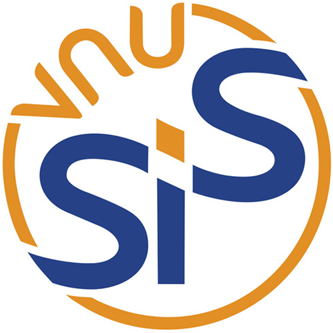 Trường Khoa học liên ngành và nghệ thuật - ĐHQGHN
Trường Khoa học liên ngành và nghệ thuật - ĐHQGHN 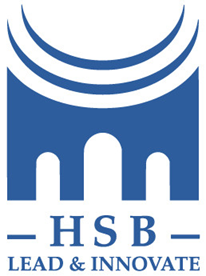 Trường Quản trị và Kinh doanh - ĐHQGHN
Trường Quản trị và Kinh doanh - ĐHQGHN  Viện Công nghệ Thông tin - ĐHQGHN
Viện Công nghệ Thông tin - ĐHQGHN  Viện Đảm bảo chất lượng giáo dục - ĐHQGHN
Viện Đảm bảo chất lượng giáo dục - ĐHQGHN  Viện Quốc tế Pháp ngữ - ĐHQGHN
Viện Quốc tế Pháp ngữ - ĐHQGHN 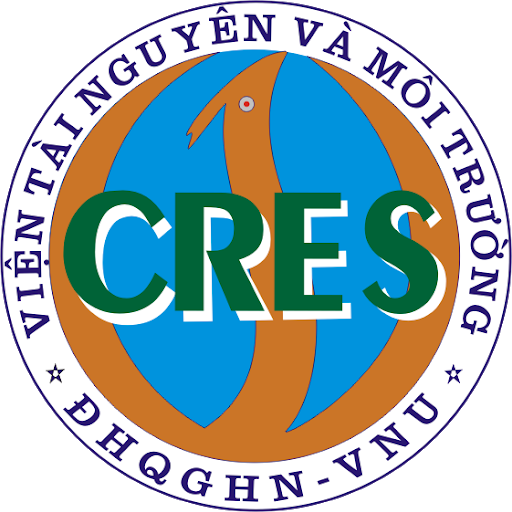 Viện Tài nguyên và Môi trường - ĐHQGHN
Viện Tài nguyên và Môi trường - ĐHQGHN 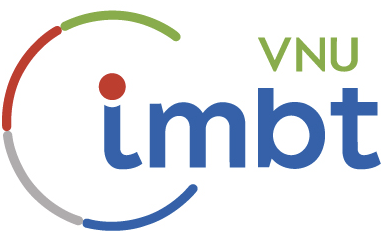 Viện Vi sinh vật và Công nghệ Sinh học - ĐHQGHN
Viện Vi sinh vật và Công nghệ Sinh học - ĐHQGHN 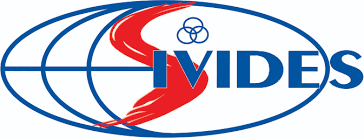 Viện Việt Nam học và Khoa học phát triển - ĐHQGHN
Viện Việt Nam học và Khoa học phát triển - ĐHQGHN